In late 2018, the global media landscape experienced a subtle but significant paradigm shift. The debut of Qiu Hao by China’s Xinhua News Agency was not merely a novelty; it marked the moment where broadcast journalism intersected with advanced artificial intelligence, transforming a theoretical concept into a tangible reality on screen.
At its core, an AI news anchor represents a digital persona—a photorealistic avatar powered by a sophisticated synthesis of technologies. It is the convergence of generative visual models that craft the appearance, advanced text-to-speech engines that lend it a voice, and the underlying language processing that animates its delivery of content.
The rapid proliferation of these virtual presenters necessitates a deeper inquiry beyond their surface-level function. A complete understanding requires a technical deconstruction of the machine learning models at play, an examination of their real-world applications and the entities pioneering them, and a sober analysis of the dual-use dilemma—weighing operational efficiencies against profound ethical risks. Only through such a multifaceted lens can we begin to accurately project the future trajectory of this technology within the media ecosystem.
How AI News Anchors Work: A Look Under the Hood

To comprehend the function of an AI news anchor, it is essential to view it not as a single piece of software, but as an integrated system—a data processing pipeline where text is the primary input and a finished video is the output. This process can be deconstructed into three fundamental technological layers that work in concert: the visual, the auditory, and the linguistic.
The Visual Layer: Generative Video Synthesis
The photorealistic avatar at the heart of an AI news anchor is the product of generative video synthesis, a sophisticated application of deep learning. Primarily, this is achieved using models known as Generative Adversarial Networks (GANs) or, more recently, advanced diffusion models. The process begins by training the model on extensive video footage—often hours’ worth—of a specific human anchor. The network analyzes this data to learn an immense vocabulary of facial expressions, tics, head movements, and mouth shapes associated with specific sounds (visemes).
Once trained, the GAN operates with two competing sub-models: a Generator that creates new video frames of the anchor speaking, and a Discriminator that compares these generated frames to the original training data. The Discriminator’s objective is to identify flaws, while the Generator’s objective is to create frames so realistic that they fool the Discriminator. This adversarial process, repeated millions of times, results in a model capable of producing a highly convincing digital puppet of the original anchor, with advanced lip-syncing algorithms ensuring the mouth movements are precisely synchronized to the audio track.
The Auditory Layer: Advanced Text-to-Speech (TTS)
The voice of the AI anchor is generated through state-of-the-art Text-to-Speech (TTS) systems. Unlike the robotic voices of the past, modern TTS employs deep neural networks to achieve lifelike vocal delivery. The key technique is voice cloning, where a model is trained on a large dataset of a specific person’s recorded speech.
This training allows the AI to learn not only the pronunciation of words but also the unique vocal signature of the individual. This includes their pitch, cadence, and prosody—the subtle rhythm, stress, and intonation that make a human voice sound authentic and engaging. When a news script is fed into the system, the TTS model converts that text into an audio file that convincingly mimics the target human’s voice.
The Language Layer: Natural Language Processing & Generation (NLP/NLG)
Currently, the vast majority of AI anchors deliver scripts written by human journalists. However, the linguistic layer holds significant future potential through Natural Language Generation (NLG). NLG is a subfield of AI focused on autonomously producing human-readable text from structured data. While not yet capable of nuanced investigative reporting, NLG models are already proficient at generating formulaic news reports. For instance, an NLG system can take raw financial data (stock prices, market changes) or sports statistics (final scores, key player performance) and automatically compose a concise, grammatically correct summary.
The complete workflow can be represented as follows:
Textinput→[NLG(optional)]→TTSModel→Audiooutput→GAN/VideoSynthesisModel→Videooutput
The Genesis of the Virtual Anchor: Key Entities and Milestones

The transition of AI anchors from research labs to broadcast studios has been driven by a few key pioneers and a subsequent wave of commercialization. Understanding these entities is critical to understanding the technology’s current landscape.
The Pioneer: Xinhua News Agency & Sogou
The watershed moment for AI news anchors occurred in November 2018. China’s state-run Xinhua News Agency, in collaboration with the search engine company Sogou, unveiled the world’s first AI anchor, an avatar of the human journalist Zhang Zhao named Qiu Hao. Their stated objective was to create a tireless workforce capable of reducing production costs and delivering breaking news alerts around the clock with unparalleled efficiency. This debut served as a proof-of-concept that captured global attention.
Commercialization and Expansion: The SaaS Providers
Following Xinhua’s lead, the technology has rapidly moved into a “Software-as-a-Service” (SaaS) model. Several key companies now dominate this space:
- DeepBrain AI: This South Korean firm has been a leader in deploying AI anchors for actual news broadcasts, such as with broadcaster MBN. They have expanded their offerings to include “AI Humans” for use in commercial kiosks, financial services, and educational platforms.
- Synthesia: A prominent player based in the UK, Synthesia has focused on the corporate market. Their platform allows businesses to create professional-grade training, marketing, and informational videos using stock or custom AI avatars, demonstrating the technology’s broad applicability beyond news.
- Hour One: This Israeli company provides a similar platform for creating AI-driven video, focusing on scalable, automated production for e-commerce, corporate communications, and digital learning.
Emerging Use Cases and Global Adoption
Since 2022, adoption has become more widespread. The India Today Group introduced “Sana,” touted as India’s first AI anchor for a private news channel, covering a range of daily news segments. Similarly, Kuwait News debuted its virtual presenter “Fedha” in 2023 to read online news bulletins. These examples illustrate a clear global trend toward integrating this technology into mainstream media operations.
The Dichotomy of Application: A Data-Driven Analysis
The deployment of AI news anchors presents a classic dual-use technology problem, offering significant operational advantages that must be weighed against considerable ethical risks and societal drawbacks.
The Case for AI Anchors (The Benefits)
- Cost-Effectiveness & Efficiency: AI anchors eliminate the need for studio time, camera crews, makeup artists, and other production overhead for routine news segments, drastically reducing operational costs.
- 24/7 Availability: An AI system can operate continuously without fatigue, enabling media outlets to generate breaking news reports and updates instantly at any time of day or night.
- Scalability & Personalization: A single AI anchor can be programmed to deliver the same news report in dozens of different languages simultaneously. This also opens the door to future hyper-personalized news broadcasts tailored to individual user preferences.
- Consistency: The AI delivers a script with perfect consistency every time, free from human error, emotional displays, or off-script remarks, which can be valuable for purely factual, data-driven reporting.
The Case for Caution (The Risks and Ethical Dilemmas)

- Disinformation & Deepfakes: The same technology that creates a news anchor can be weaponized to create convincing but entirely false “deepfake” videos of politicians or public figures, presenting a severe threat to public trust and democratic processes.
- The Uncanny Valley: As avatars approach, but do not perfectly achieve, photorealism, they can evoke a sense of unease or revulsion in viewers known as the “uncanny valley,” potentially undermining the credibility of the news they present.
- Job Displacement: A significant concern is the potential displacement of human journalists, on-air talent, and production staff as media companies seek to automate roles to cut costs.
- Lack of Authenticity & Accountability: An AI cannot show genuine empathy when reporting on a tragedy, conduct a critical follow-up question in an interview, or exercise journalistic judgment. Furthermore, it blurs the lines of accountability: if an AI anchor reports false information, is the programmer, the media outlet, or the software company responsible?
The Future Trajectory: Are Human Anchors Obsolete?
The rise of the AI anchor naturally prompts questions about the future of human journalists. My analysis suggests a future based on collaboration and role specialization, rather than wholesale replacement.
A Tool, Not a Replacement
AI anchors are optimized for tasks that are repetitive, structured, and data-driven. Their ideal role will be the automated delivery of weather forecasts, financial market updates, sports scores, and other high-volume, low-nuance information. Human anchors will become even more valuable for the tasks AI cannot perform: conducting investigative interviews, providing in-depth analysis, reporting live from the field with spontaneous insight, and building a genuine, trust-based connection with the audience.
The Evolution of Hyper-Personalized News
The next frontier is hyper-personalization. In the near future, a user might request, “Show me a five-minute video summary of today’s developments in the semiconductor industry and local political news,” and receive a custom-generated broadcast from their preferred AI avatar, compiled and delivered in seconds. This represents a fundamental shift from a one-to-many broadcast model to a one-to-one information delivery system.
The Need for Regulation and Ethical Guardrails
As this technology becomes ubiquitous, the need for governance is paramount. The industry must develop robust standards for digital watermarking to clearly distinguish AI-generated content from authentic video. Concurrently, news organizations must establish transparent ethical frameworks for how and when they deploy AI anchors to maintain the trust and confidence of their audience.
Synthesis and Final Analysis
In summary, the AI news anchor is a potent convergence of generative AI, voice synthesis, and natural language processing. Pioneered by entities like Xinhua and now commercialized by platforms such as DeepBrain AI and Synthesia, it offers undeniable benefits in efficiency and scalability. However, these advantages are shadowed by significant ethical risks, primarily the potential for sophisticated disinformation and the erosion of human authenticity in media.
Ultimately, AI news anchors represent a powerful new instrument in the media toolkit. Their value will not be in making human journalists obsolete, but in automating the mundane, thereby freeing human intellect to focus on the complex, empathetic, and critical work that defines the core of journalism. The responsible integration of this technology is the defining challenge and opportunity for the next era of news.






